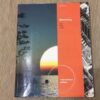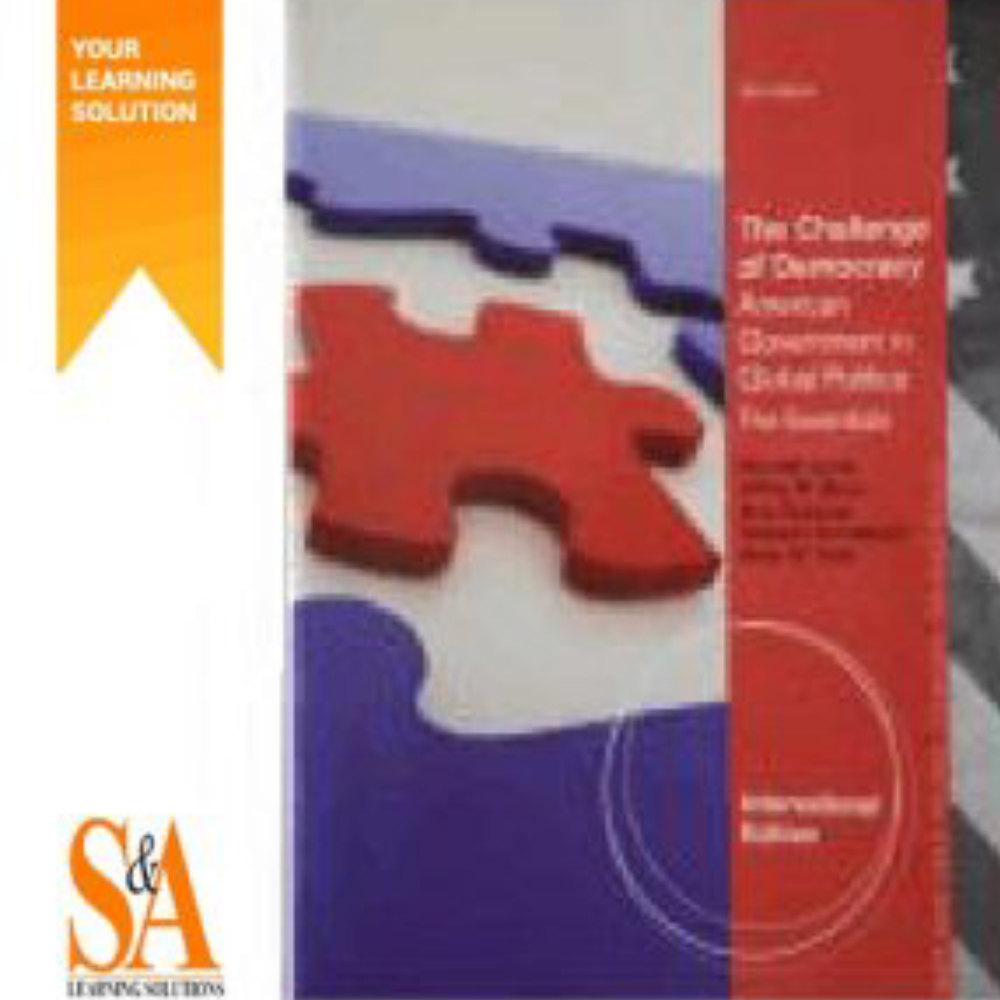The Challenge Of Democracy Essentials American Government In Global Politics, 9th Edition By Kenneth – Test Bank
$55.00
The Challenge Of Democracy Essentials American Government In Global Politics, 9th Edition By Kenneth – Test Bank
You will receive this product within 24 hours after placing the order
The Challenge Of Democracy Essentials American Government In Global Politics, 9th Edition By Kenneth – Test Bank
MULTIPLE CHOICE
1. Which of the following statements concerning the Supreme Court’s Brown v. Board of Education decision is correct?
a. Chief Justice Earl Warren died shortly before the Supreme Court took up the decision.
b. The Supreme Court postponed hearing the case until after the outcome of the 1952 presidential election.
c. It was a 5–4 decision.
d. Three justices disagreed with the majority’s opinion, but agreed to make the opinion unanimous out of concern for the Court’s public reputation.
e. In its decision, the Supreme Court only technically struck down segregated schools in the District of Columbia.
ANS: B REF: 365 NOT: C
2. The Constitution discusses the federal court system in
a. Article I.
b. Article II.
c. Article III.
d. Article V.
e. Article VI.
ANS: C REF: 367 NOT: F
3. At the Constitutional Convention, those who opposed the creation of national courts believed that
a. unelected judges would not be responsive to the public will.
b. judges would too frequently make the wrong rulings.
c. judges would make law rather than interpret it.
d. federal courts would usurp the authority of state courts.
e. different levels of courts would cause confusion regarding interpretation of the law.
ANS: D REF: 367 NOT: F
4. Which of the following statements regarding courts in the early years of the Republic is incorrect?
a. The federal judiciary was not a particularly powerful branch of government.
b. It was difficult to recruit Supreme Court justices.
c. Supreme Court justices spent much of their time traveling throughout the circuits.
d. Several distinguished statesmen refused to serve on the Supreme Court.
e. None of the above is true.
ANS: E REF: 367 NOT: F
5. At stake in the Marbury v. Madison decision was whether William Marbury
a. was entitled to financial relief for damage to his reputation.
b. was eligible for election to the U.S. House of Representatives.
c. had been unjustly tried twice for the same offense.
d. had committed treason against the United States.
e. had a legal right to be hired as a justice of the peace in the District of Columbia.
ANS: E REF: 368 NOT: F
6. Which justice famously wrote in the Marbury v. Madison decision, “It is emphatically the province and duty of the judicial department to say what the law is”?
a. Thomas Jefferson
b. John Jay
c. Oliver Ellsworth
d. John Marshall
e. James Madison
ANS: D REF: 368 NOT: F
7. With its ruling in the case Marbury v. Madison, the U.S. Supreme Court established
a. the right of federal courts to hear state disputes.
b. the power of Congress to create additional federal courts.
c. the authority of the president to use a line-item veto on appropriations.
d. that state courts could not apply federal laws.
e. that the courts could review laws to determine whether they conflicted with the Constitution.
ANS: E REF: 368 |369 NOT: C
8. Judicial review is
a. the leading journal covering the actions and decisions of the courts.
b. the right of Congress to approve presidential nominations to the courts.
c. the power of the Supreme Court to declare laws invalid if they violate the Constitution.
d. the power of Congress to review the decisions of the courts.
e. the authority of a bureaucratic body to overrule judicial action that conflicts with its rules.
ANS: C REF: 369 NOT: F
9. Which of the following can be used to overturn a Supreme Court decision declaring a federal law unconstitutional?
a. Congressional nullification
b. An amendment to the Constitution
c. Presidential veto
d. A national referendum
e. State-on-state referendums
ANS: B REF: 369 NOT: C
10. Since the U.S. Constitution was ratified, the Supreme Court has used judicial review to invalidate about _________ national laws.
a. 50
b. 160
c. 925
d. 2,200
e. 5,400
ANS: B REF: 369 NOT: F












Reviews
There are no reviews yet.